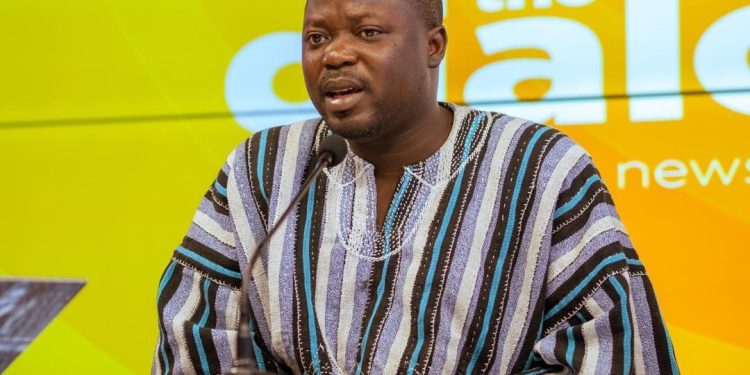
Ghana’s 24-hour economy policy aims to transform the nation into a round-the-clock hub for industry, commerce, and services, boosting productivity and economic growth. However, this ambitious vision depends on reliable and sustainable electricity supply. The feasibility of the program depends on electricity demand and supply, as the policy is a manufacturing-led initiative involving agro-processing and industrial parks across the country. Therefore, it is essential to assess energy needs against supply. This assessment uses two scenarios: Business as Usual (BAU) and the 24-Hour Economy Policy.
The baseline total energy demand for 2025, as indicated by the Energy Commission, is likely 25,836 GWh, with a peak demand of 4,125 MW. Against this, Ghana’s installed capacity stands at 5,260 MW, with a dependable capacity of 4,856 MW, reflecting a reserve margin of about 18%.
Under the BAU scenario, demand will peak at 6,150 MW by 2030, implying an average annual peak demand increase of 405 MW from 2025. Based on this projection, Ghana will exhaust its dependable capacity by 2027 and its installed capacity by 2028. Without new investments in power generation, Ghana could face Dumsor (power outages) by 2028, even without the 24-hour economy policy.
The 24-hour economy policy introduces new infrastructure demands, including 50 industrial parks (e.g., Kumasi Machinery Park, Legon Pharma Park), agro-ecological zones, and digital hubs as well as behavioral change (Night shift). Successful implementation in the medium to long term depends on stable baseload supply or off-grid renewable solutions. If current peak demand issues are not addressed, the policy’s sustainability will be at risk. Factoring in the policy’s impact, Ghana’s peak demand by 2030 would rise to 9,150 MW, with an average annual increase of 600 MW. To sustain the policy, Ghana must increase power generation by at least 1,200 MW by 2027. This additional capacity would support: 20 agro-industrial parks (10 MW each), 40 agro-ecological zones (5 MW each), 50 digital centers (2 MW each), Night shifts and BAU demand (400 MW). Failure to secure 1,200 MW of additional power by 2027 could lead to a crisis caused by excess demand.
Expanding capacities in alignment with future demand is projected to cost about $2 billion dollars by 2027 and about $7 billion by 2030. Improving the grid (transmission and other support infrastructure) will cost about $3 billion between 2026 to 2025. This means that by 2030, Ghana is expected to expend about $10 billion into areas of electricity expansion, improvement in grid infrastructure, developing off grid solutions and ensuring system efficiency so as to sustainable implement the policy.
Benjamin Nsiah
Executive Director
Center for Environmental Management and Sustainable Energy (CEMSE),
DISCLAIMER: The Views, Comments, Opinions, Contributions and Statements made by Readers and Contributors on this platform do not necessarily represent the views or policy of Multimedia Group Limited.
DISCLAIMER: The Views, Comments, Opinions, Contributions and Statements made by Readers and Contributors on this platform do not necessarily represent the views or policy of Multimedia Group Limited.
- President Commissions 36.5 Million Dollars Hospital In The Tain District
- You Will Not Go Free For Killing An Hard Working MP – Akufo-Addo To MP’s Killer
- I Will Lead You To Victory – Ato Forson Assures NDC Supporters
Visit Our Social Media for More




